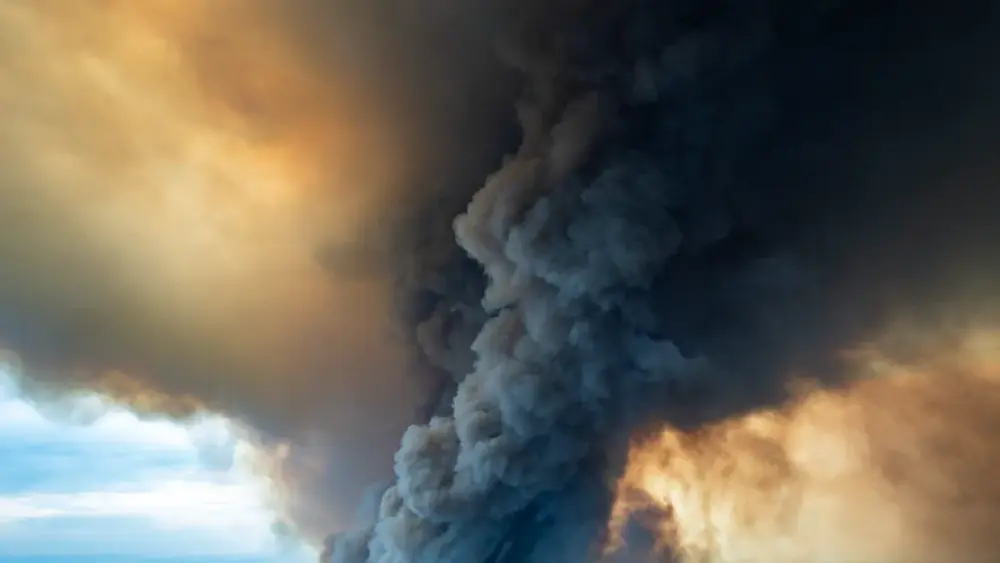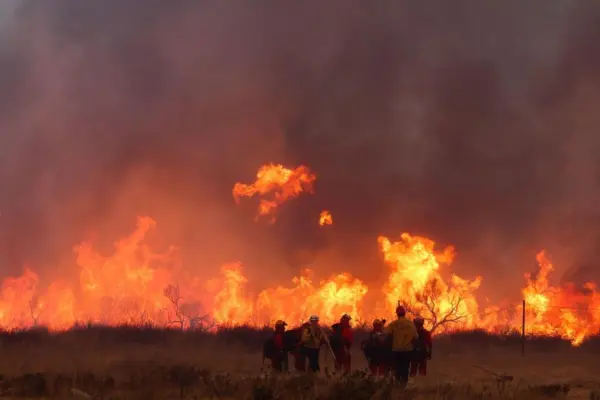Smoke from 2019-20 Australian Bushfires Caused Phytoplankton Bloom in Southern Ocean
The devastating 2019-20 bushfire season in Australia wreaked havoc in coastal regions of Victoria and New South Wales and killed or displaced billions of animals including koalas and kangaroo. While the fires destroyed biodiversity on the land, smoke from the 2019-20 Australian bushfire caused a phytoplankton bloom in the Southern Ocean, which is larger than the entire Australian continent.
An international team of scientists discovered the bloom of phytoplankton through satellite data – microscopic marine algae – which occurred in the ocean between South America and New Zealand starting in October 2019 that lasted about four months.
The findings of the study were published in the journal Nature, which revealed that blooms were the result of iron particles in the smoke aerosols. Thick smoke clouds from the Australian Black Summer bushfires moved into the stratosphere and orbited the globe, accumulating aerosol particles thousands of kilometers away from Australia.
According to the study co-author Professor Peter Strutton, of the University of Tasmania’s Institute for Marine and Antarctic Studies, the vastness of the bloom is the equivalent of the entire Sahara desert turning into grassland for a couple of months.

Image: The Sun
Phytoplankton blooms are usually visible from space and come about when there is abundant sunlight and nutrients. The huge Southern Ocean blossom happened at a time of the year when the phytoplankton movement is generally low.
It was also estimated that the amount of carbon taken up by phytoplankton cells as a result of the bloom was equal to around 95 percent of the carbon emissions generated by the 2019-20 bushfires.
Strutton said that for that amount of carbon to be permanently removed from the atmosphere, the phytoplankton cells would have to sink and be stored in the deep ocean.
Professor Martina Doblin, the director of the Sydney Institute of Marine Science at the University of Technology Sydney, who wasn’t a part of the current study, said that during the fires, her team conducted an analysis that confirmed there were higher levels of iron and other nutrients in the bushfire smoke, which hinted the possible phytoplankton growth.
Via: The Guardian


